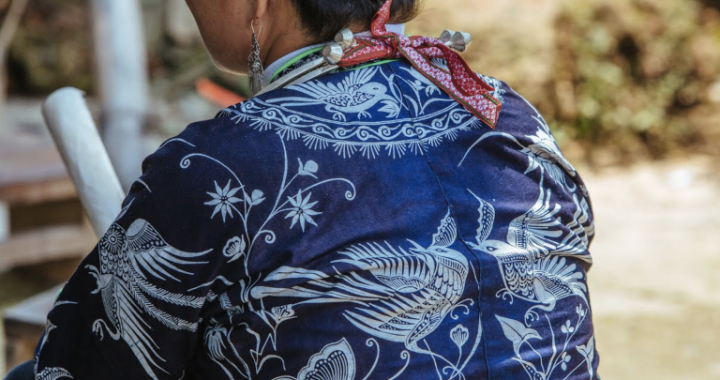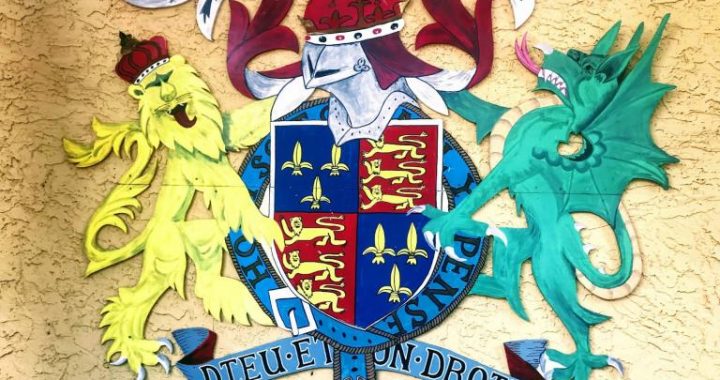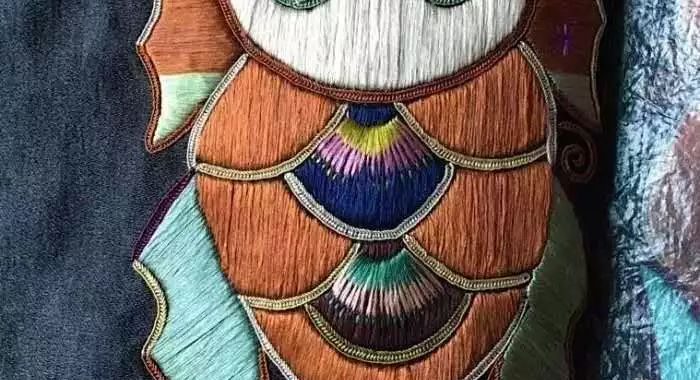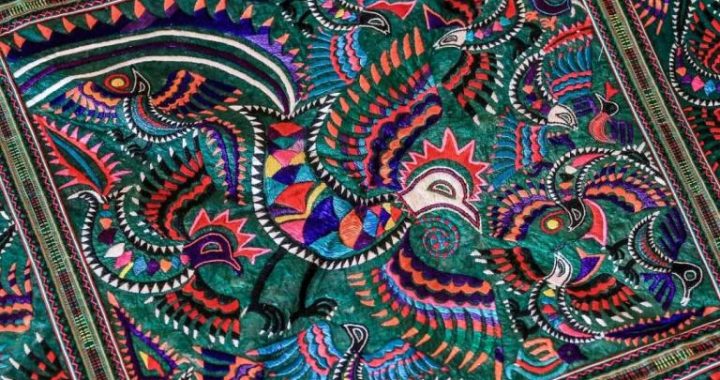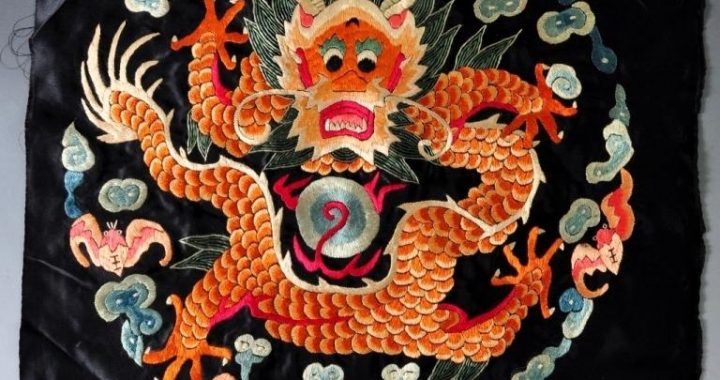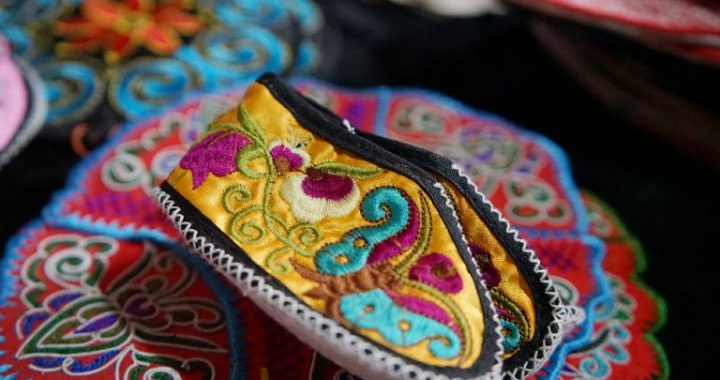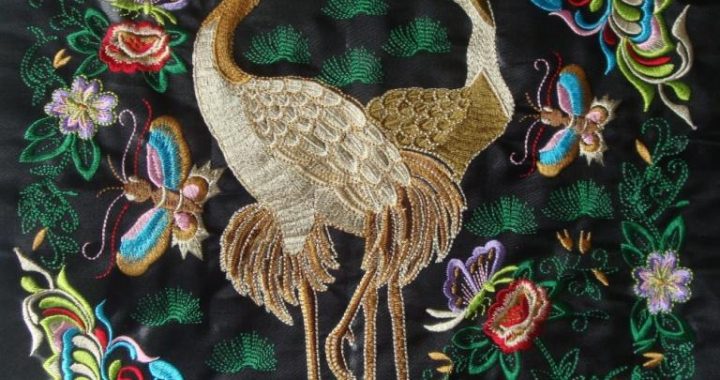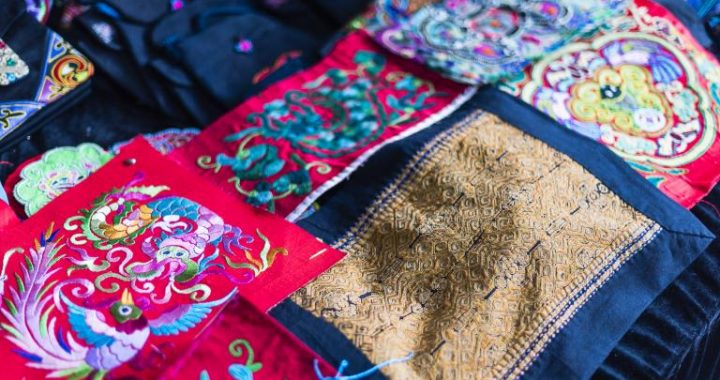Women’s Wear of the Sui and Tang Dynasties
4 min readThe Sui and Tang dynasties were one of the most brilliant pages in the Chinese dress history, especially a phase of fashion for ancient Chinese women. In the Suiand Tang dynasties, the women’s wear, ornaments, bobs and facial make-ups made greaprogress. The social stability and the mix of all nationalities during the period promoted the boom of economy and textile industry, which in turn made great contribution to the more splendid and gorgeous Chinese traditional dress culture.
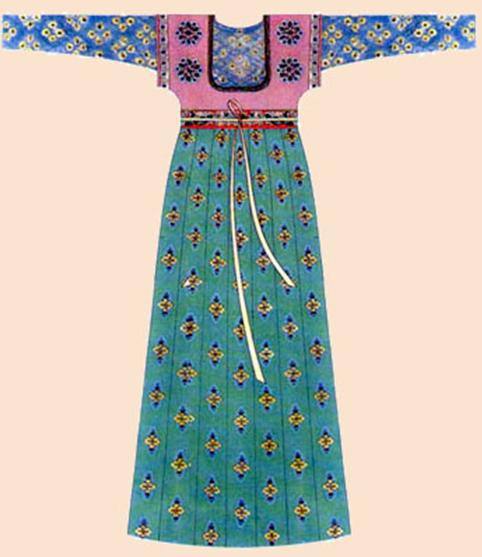
The women’s wear during the period inherited the traditional features in the previous dynasties, and meanwhile absorbed the excellent styles of minorities in the same period.A new dress style that fully represented the elegance and nobleness ofthe Tang people came into being. It was often the case that a new dress style first appeared in court, and then was spread and followed by the commons, thus became popular for a while. In addition, the minorities’ dresses also had many specialties, with novel styles and peculiar manners, and thus quite popular among women of the Han nationality.
The most popular women’s wear during the period was ruqun-short upper clothesplus long skirts, and the waist of the skirt was tied as high as nearly to the armpit. The dress appeared as early as in the Han dynasty. By the Wei and Jin dynasties, the waist of the skirt was much higher, the upper clothes became shorter and shorter, and the sleeves became narrower and narrower. Afterwards, the sleeves were widened by two to three chi (1/3 meter). After the nation was unified by the Sui dynasty, small sleeves became a fashion. Women pursuing for fashion began to wear shirt with loose sleeves within and a dress with tight leaves outside, which was also known as pi’ aozi. They preferred golden thread for embroidery, and the random hanging of the tight sleeves was considered to be beautiful and became a vogue. In the Tang dynasty, women wore short coat and full-length skirts, but after the prosperous period of the Tang dynasty, women of upper class began to wear loose dresses with wider sleeves of four chi (about 1.3 meter) and long skirt that was much longer than the ordinary one. Though beautiful, it was very inconvenient for walking, which was thus regarded as weird dress and was prohibited later. The ordinary women wore bluish green dyed or printed fabrics and small flat flower hat.
Women in the Sui and Tang dynasties paid attention to dressing up. In that period,”half-length sleeves”became popular in the court, with various styles of mandarin dress, pullover dress, turn-down collar, collarless dress. The sleeves were long to the elbow and the jackets were to the waist. As the collar was large, the part above the bosom was exposed. This dress style lasted for quite a while, which was worn by men later. At that time, long scarf became popular, which was made of thin gauze with printed silver flower or golden silver powder in it. Half of the scarf was fixed to the strip on the arm and half winding around the arms, which was called silk shawl. In the Tang dynasty, the women’s hairdos were also various, and for each style there was a special name. In the beginning, the hairdos were upward, and the bob made of wig became popular later, which made the hair more beautiful.
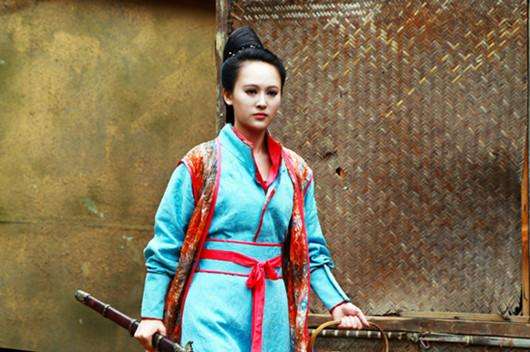
The women’s shoes were embroidered with flowers, mostly made from brocade fabrics, colorful silk and leathers. The string shoes were knitted with colorful thread or twines. The shoes had many different patterns.
In the Tang dynasty, the culture of the Central Plains had made its greatest achievements in the exchanges and mix with the cultures from other minority groupsand nations. The Tang people were quite good at absorbing and merging with minority cultures in the northwestern regions and foreign cultures from ancient India, Persia and other places, which was clearly shown in the women’s wear. From 627 to 741, somenew dress, such as the Hu dress, were very popular. Dresses of common people usually include a golden-thread brocade hat, upper dress of either knee-length jackets with turn-down collars, small-sleeves coat, or dress shaped like the male round-collar shirt, trousers with the decoration of stripes,a waistband decorated with the golden flowers, and a pair of boots. The bobs for some people were just like a bird on the wing, with yellow star or moon-shaped decorations on the faces, and some women would apply kermes at the dimples in their cheek.
In the early Tang dynasty, while riding on a horse, woman had to cover her whole body with a kind of large black gauze cap, which was also called mi (covering cloth). Later, it evolved into veiled cap shaped like a bamboo hat, the hanging part of the veiled cap was made of silk and reached to the shoulders. But some females exposed their faces on purpose to show their beauty. After the prosperous period of the Tang dynasty, the veiled cap was abolished by a decree, but the pattern was still preserved. It became popular after some alterations, and exerted influence on the dynasties afterwards. At present, many rural women in the southern China wear sunshading cap of similar pattern.
The Tang women tended to pursue a kind of manly beauty in dress. Besides, due t the slackening of the ruling policies at that time, some women began to show up in public in men’s dress. The men’s dress liked by women mainly referred to martial attire, that is, to wear scarf, turn-down or round-neck collar robe,a waistband, narrow-end trousers, ruby leather boots or brocade shoes. This kind of dress is called”zhangfufu”(manly dress), which is another feature of the women’s wear in the Tang dynasty.
